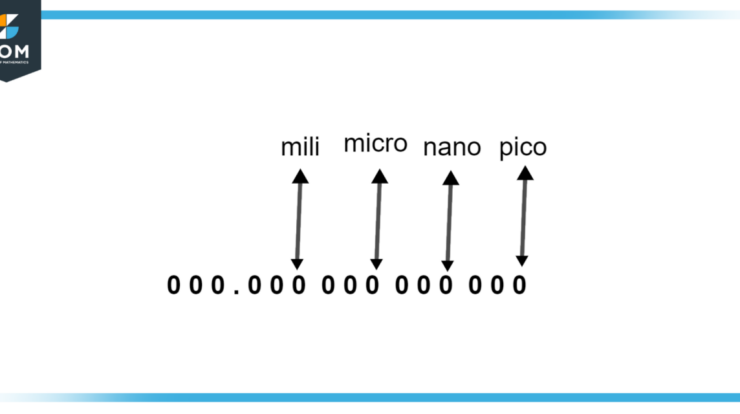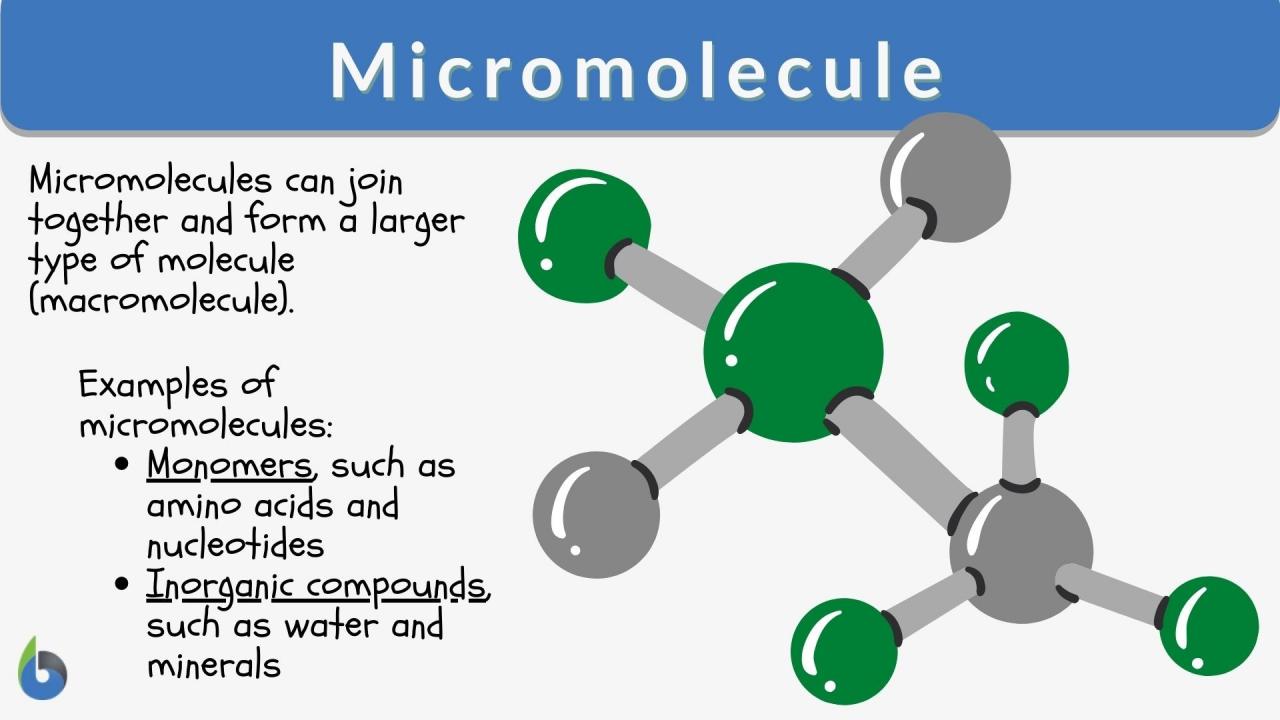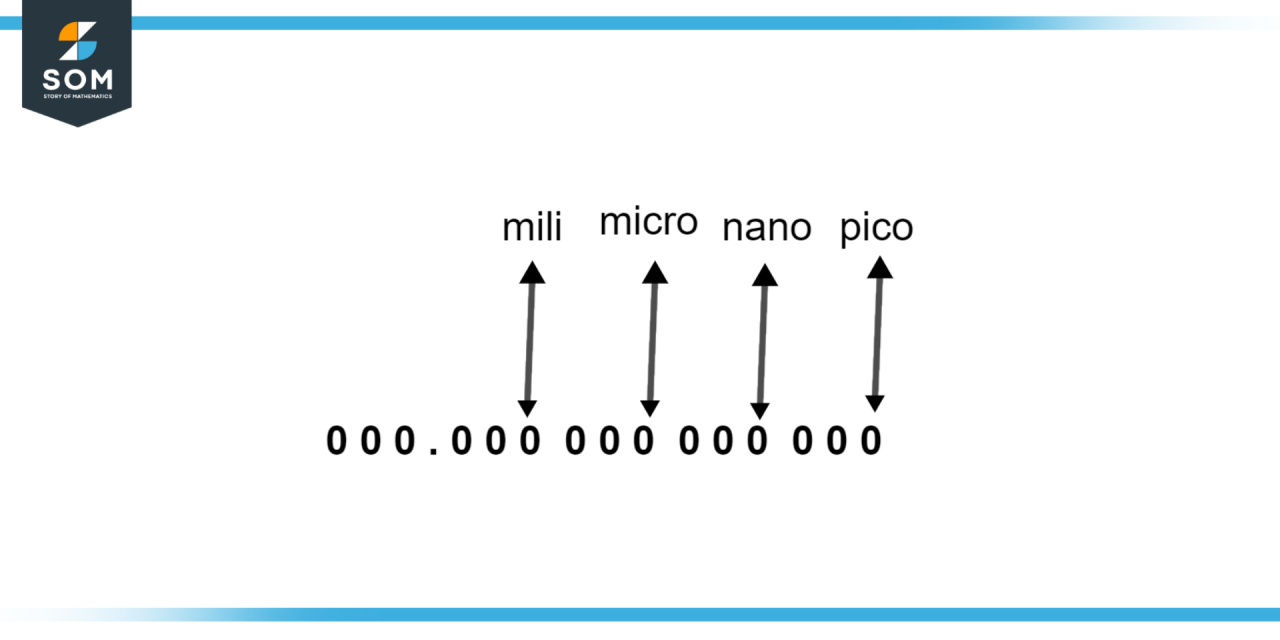
Micro definitions, concise explanations of complex terms, play a pivotal role in enhancing content readability and comprehension. By providing clear and succinct explanations, micro definitions empower readers to grasp concepts quickly and effectively.
Micro definitions come in various forms, including one-word definitions, phrases, or complete sentences. Each type serves a specific purpose and is tailored to different contexts. Understanding the nuances of these types is essential for effective micro definition usage.
Micro Definition Overview

Micro definitions are concise and specific explanations of terms or concepts. They aim to provide a clear and immediate understanding of a term, without the need for extensive reading or research.
Examples of micro definitions include: “Dog: a domesticated carnivorous mammal that typically has a long snout, an acute sense of smell, and four legs.” or “Smartphone: a mobile phone with advanced computing capabilities and connectivity features.”
Micro definitions are useful for clarifying technical jargon, unfamiliar concepts, or ambiguous terms. They enhance comprehension, reduce confusion, and improve the overall readability of content.
Types of Micro Definitions
Micro definitions can be categorized into different types based on their length and structure:
- One-word definitions:Single words that define a term concisely, such as “Book: a written work.”
- Phrase definitions:Short phrases that provide a basic understanding of a term, such as “Renewable energy: energy derived from sources that are naturally replenished.”
- Sentence definitions:Complete sentences that offer a more detailed explanation of a term, such as “Climate change: a long-term shift in global or regional climate patterns, primarily driven by human activities that release greenhouse gases.”
Creating Effective Micro Definitions
Effective micro definitions adhere to the following guidelines:
- Clarity and conciseness:Definitions should be easy to understand and as brief as possible.
- Appropriate language:Use plain language that is accessible to the target audience.
- Accuracy:Ensure that definitions are factually correct and up-to-date.
- Consistency:Use consistent terminology and style throughout the content.
Using Micro Definitions in Context
Micro definitions can be integrated into various forms of content to enhance readability and comprehension:
- Articles and blog posts:Provide micro definitions for unfamiliar terms or concepts to help readers quickly grasp the content.
- Presentations:Use micro definitions as brief explanations on slides to clarify key points.
- Reports:Include micro definitions in technical reports to ensure that technical terms are understood by a wider audience.
Tools and Resources for Micro Definitions
Online tools and resources can assist in creating and finding micro definitions:
- Glossary builders:Tools like GlossaryTool and TermWiki allow users to create and manage custom glossaries of micro definitions.
- Online dictionaries:Dictionaries such as Merriam-Webster and Oxford English Dictionary provide micro definitions for a wide range of terms.
- Subject-specific resources:Specialized websites and databases offer micro definitions related to specific fields or industries.
Ultimate Conclusion

Incorporating micro definitions into content requires careful consideration of word choice, clarity, and plain language principles. By following best practices and utilizing available tools, content creators can leverage the power of micro definitions to improve the overall impact and engagement of their written works.
Key Questions Answered
What is the primary purpose of using micro definitions?
Micro definitions aim to enhance content clarity and comprehension by providing concise explanations of complex terms or concepts.
How do micro definitions differ from traditional definitions?
Micro definitions are typically shorter and more specific than traditional definitions, focusing on providing a quick and clear understanding of a term within the context of a specific piece of content.
What are the key guidelines for creating effective micro definitions?
Effective micro definitions should be clear, concise, and written in plain language. They should use appropriate words and phrases that accurately convey the meaning of the term being defined.





